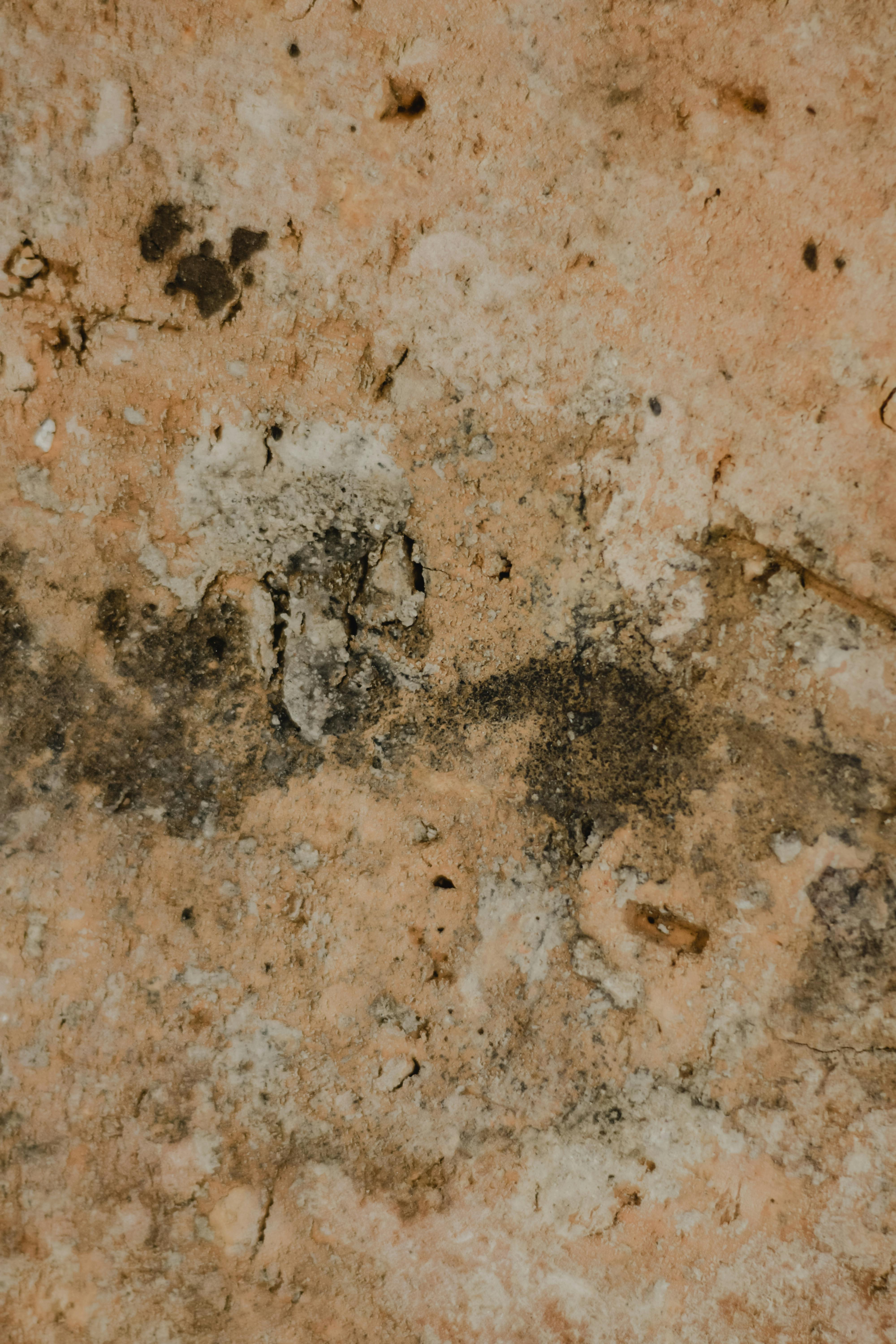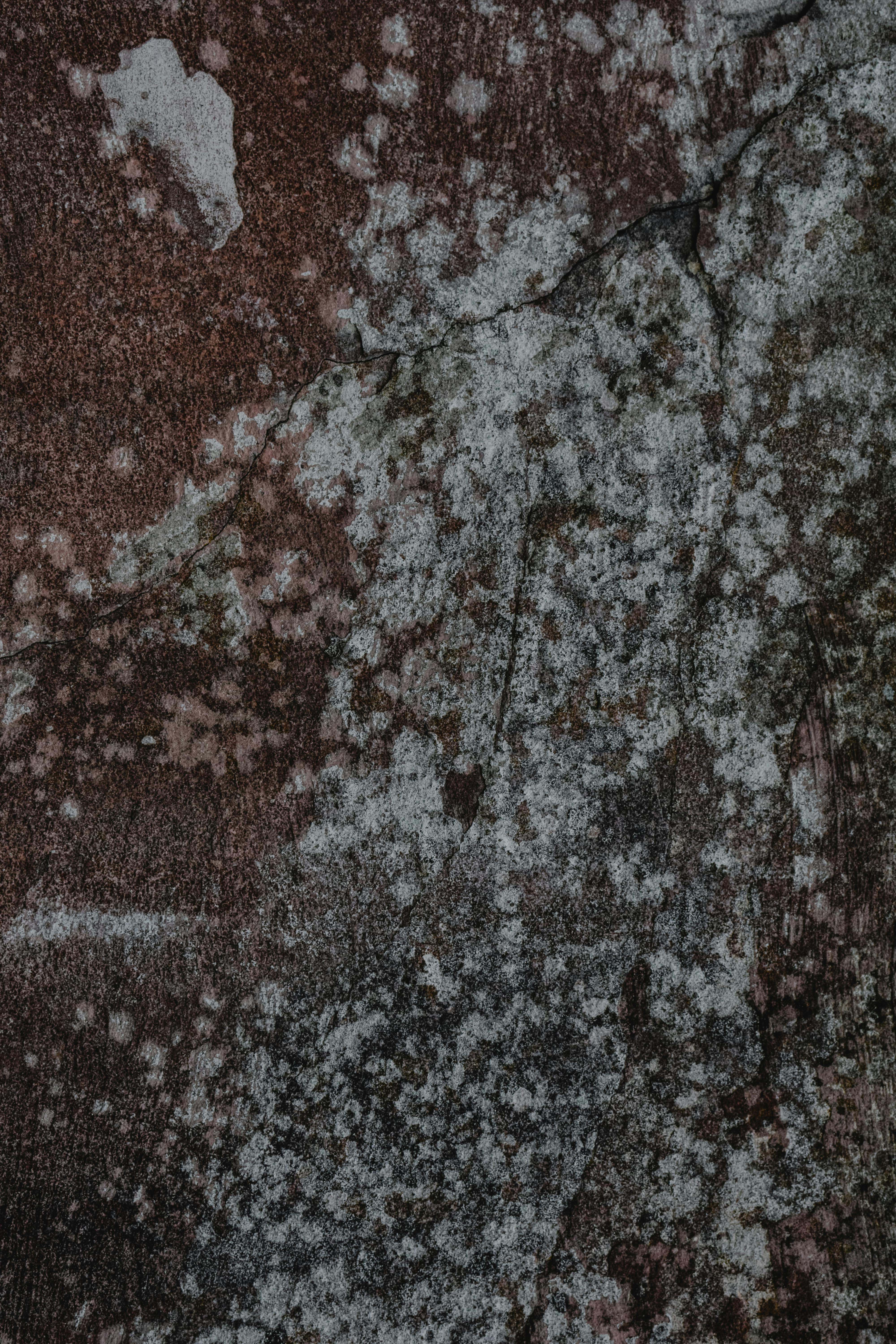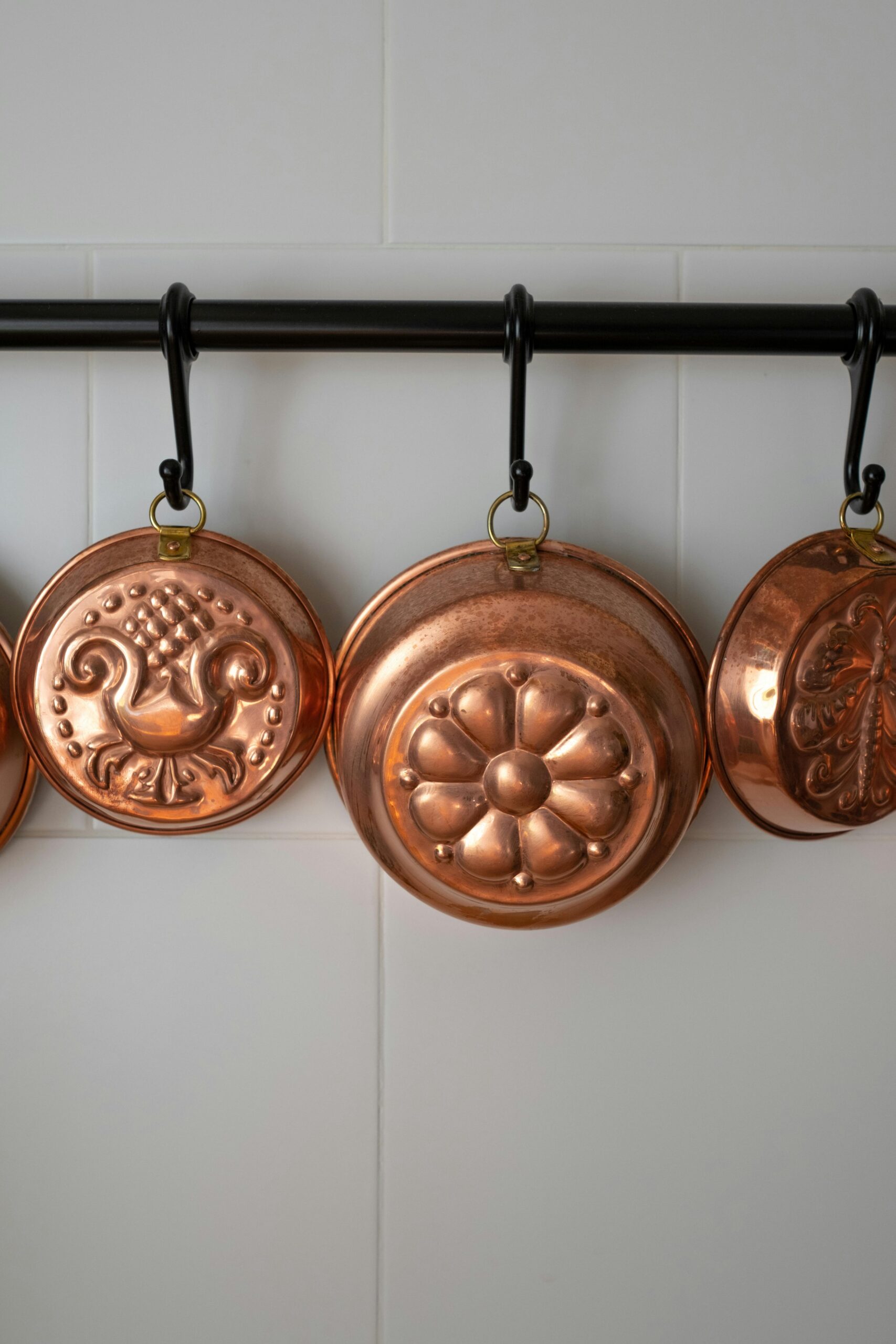Schimmel Wand: Understanding Mold on Your Walls
What is Schimmel and How Does it Affect Your Home?
Schimmel, commonly known as mold, is a type of fungus that can grow on various surfaces in your home, particularly on walls. Mold thrives in damp and warm environments, often appearing in bathrooms, kitchens, and basements. When mold develops on walls, it not only affects the aesthetic appeal of a room but can also lead to serious health issues, such as respiratory problems and allergies. Understanding the origins and implications of schimmel is crucial for maintaining a healthy living environment.
Common Causes of Mold on Walls
Several factors contribute to the growth of schimmel on walls. Moisture is the primary culprit; it can come from various sources, including leaking pipes, high indoor humidity, or inadequate ventilation. For instance, kitchens and bathrooms often retain excess moisture from cooking or showering, providing an ideal breeding ground for mold spores. Additionally, poor insulation can lead to temperature fluctuations, creating condensation that can also foster mold growth. Regularly checking for leaks and maintaining proper ventilation can significantly reduce schimmel occurrence in your home.

Recognizing the Signs of Mold on Walls
Identifying schimmel early can prevent significant damage to your home and health. Common signs of mold growth include visible discoloration on walls, such as black or green spots, a musty odor, or peeling paint and wallpaper. If you notice a sudden increase in respiratory issues or allergy symptoms among household members, it could also indicate the presence of mold. It’s essential to conduct regular visual inspections in moisture-prone areas, as detecting mold early allows for timely remediation.
Health Implications of Schimmel
The presence of schimmel in your home can lead to various health issues, especially for individuals with pre-existing health conditions. Mold exposure can trigger allergies, asthma attacks, and other respiratory problems. Symptoms may include sneezing, coughing, skin irritation, and sinus congestion. For those with weakened immune systems, the effects can be even more severe, potentially leading to serious infections. Therefore, addressing mold issues promptly is critical for maintaining a safe living environment.
Vulnerable Groups and Mold Exposure
Certain individuals are more susceptible to the adverse health effects of schimmel. This includes young children, the elderly, pregnant women, and individuals with asthma or other chronic lung conditions. In homes where these vulnerable groups reside, the presence of mold can exacerbate existing health issues and lead to new complications. Implementing preventive measures and seeking prompt remediation services are essential steps to protect those at risk from mold exposure.
Long-Term Effects of Mold Exposure
Prolonged exposure to schimmel can lead to severe health complications. Chronic respiratory issues, including persistent cough and bronchitis, may develop over time. Additionally, some studies suggest a link between mold exposure and mental health issues, such as depression and anxiety. The longer mold is allowed to thrive in your home, the greater the risk of irreversible health impacts, making it crucial to take immediate action at the first signs of mold growth.
How to Remove Schimmel from Your Walls
Removing schimmel from walls requires a systematic approach to ensure effective treatment and prevention of future growth. First, address any moisture sources, like leaky pipes or poor ventilation. Use protective gear, such as gloves and masks, while cleaning the affected areas. For small areas of mold, a mixture of water and detergent can be applied. In more severe cases, using a specialized mold removal solution or consulting a professional remediation service is recommended.
Step-by-Step Mold Removal Guide
Here is a brief step-by-step guide to remove schimmel from your walls:
- Identify the affected areas and the source of moisture.
- Wear protective gear to prevent exposure to mold spores.
- Use a mixture of water and soap, or a commercial mold remover, to scrub the affected area.
- Rinse with clean water and dry the surface thoroughly.
- Implement measures to reduce moisture, such as improving ventilation and using dehumidifiers.

Preventing Future Mold Growth
Taking preventative measures is vital to avoid future schimmel infestations. Regularly monitor moisture levels in your home using a hygrometer. Keep humidity levels below 60% by using dehumidifiers in moisture-prone areas. Ensure that bathrooms and kitchens are well-ventilated and consider using mold-resistant paint when repainting walls. Additionally, promptly address any leaks or water intrusion to maintain a healthy indoor environment.
Key Takeaways
- Schimmel (mold) can significantly impact both the aesthetic and health of your home.
- Address moisture sources promptly to prevent mold growth.
- Regular inspections and immediate action are critical to mitigating mold issues.
- Vulnerable individuals should be especially cautious about mold exposure.
- Implement preventative measures to protect your home from future mold infestations.
FAQ
1. How can I tell if mold is affecting my health?
If you experience respiratory symptoms, such as coughing or sneezing, especially after seeing signs of schimmel, this may indicate a health impact from mold exposure. It’s essential to consult a healthcare professional for a proper assessment and advice.
2. What are the best products for mold removal?
Various products are effective in removing schimmel, including commercial mold removers, vinegar, and a mixture of bleach and water. Choosing the right product may depend on the severity of the mold presence and the type of surface affected.
3. Can I remove mold myself, or should I hire a professional?
While small areas of mold can often be removed by homeowners, larger infestations, or those affecting HVAC systems, should be handled by a professional mold remediation service to ensure safety and effectiveness.
4. What should I do if mold keeps returning?
If schimmel keeps returning, it may indicate an unresolved moisture problem. It’s vital to identify and fix the source of the moisture, which might involve improving ventilation, repairing leaks, or adjusting humidity levels in the home.
5. Is mold removal covered by homeowners insurance?
Coverage for mold removal can vary between insurance policies. Reviewing your homeowner’s insurance policy and speaking with your insurance provider can help determine if mold-related damages are covered and under what circumstances.
